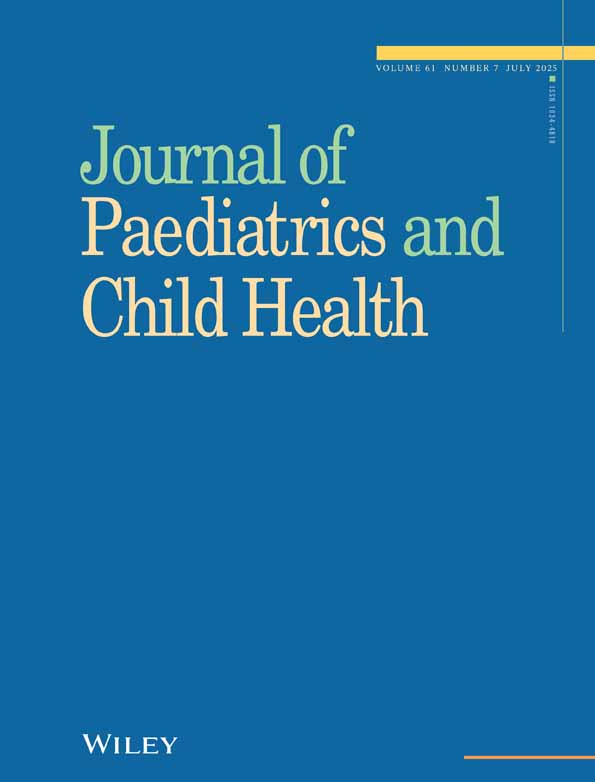An epidemiological survey of recurrent abdominal pain in a rural Malay school
Abstract
Objective: To study the prevalence of complaints of recurrent abdominal pain (RAP) among school children aged 11–12 years in a rural setting in Malaysia.
Methodology: Questionnaires were distributed to all parents and teachers of children aged 11–12 years who attended a small rural school in which all the children were Malays. Complaints of RAP were defined as at least three such complaints occurring over a period of at least 3 months.
Results: One hundred and sixty questionnaires were distributed, of which 148 were returned, giving a response rate of 92.5%. Sixty-one children (41.2%) had RAP. Approximately 45.2% of girls and 35.9% of boys reported having RAP. Compared with children without RAP, there was a significantly larger number of children with RAP (85.2%) who had at least one stress factor (P = 0.0109). There were no significant associations between RAP and total family income (P = 0.0573), a history of abdominal pain in at least one parent (P = 0.1686), a history of abdominal pain in at least one sibling (P = 0.0617), academic performance (P = 0.9967) or the degree of sports participation (P = 0.8469). There was an increased incidence of other systemic complaints in children with RAP when compared with children without RAP.
Conclusion: Recurrent abdominal pain was found to be common among 11- to 12-year-old children in a rural Malay school. There was a significant association found between RAP and the presence of stressful events, as well as with the presence of other systemic complaints.




